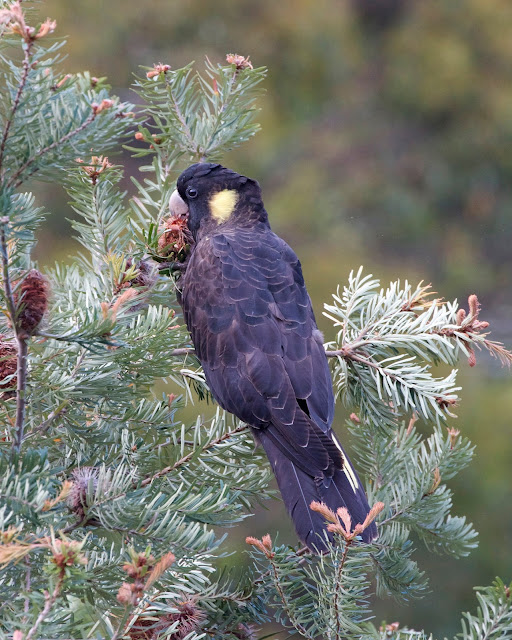I recently chortled at a one-liner that bemoaned crime in multi-storey carparks as “wrong on so many levels”. I thought to invert the line and apply it to Christmas, an occasion that seems to me right on so many levels.
 |
Signs of Christmas: waratah blooming on Kunanyi/Mt Wellington |
But when it comes to nature and Christmas, as an Australian I really do get a little stumped. So many of the themes and traditions of Christmas are based on winter solstice: the shortest and darkest days; the coldest and bleakest weather. It’s a time where hope can seem deeply buried. No wonder fatted beasts are slaughtered and ale flows free!
In contrast, we in the southern hemisphere have just passed the longest day. Far from scraping up cellared food, we are surrounded by the plump fecundity of summer gardens. There is a surfeit of light, and often of heat. Roasted meats, plum puddings and mulled wines can feel a little out of place, not to mention reindeer, sleighs and songs of snow.
So what have Australians done to “indigenise” Christmas? In the late 1940s, composer WG James and lyricist John Wheeler wrote a series of carols that wove Australian outback themes into a Christmas setting. I was part of a generation of Australian school children that learned to sing about brolgas dancing and drovers singing “noel noel”.
 |
Brolgas in a Kakadu wetland |
Despite their blatant artifice, they remain strangely affecting for me. So when, earlier this year, I actually saw brolgas dancing “out on the plains” of Kakadu, I was thrilled. Of course we didn’t have to go to Kakadu to find Christmas birds. This year one of the first sounds of Christmas morning in our bush was the soft “ting” of green rosellas greeting the dawn. These were my gentle Christmas bells, even if they were followed by the harsh “cark caaark” of some ravens: a reminder that softness is always tempered in Australia, even here in Tasmania.
 |
A yellow-tailed black cockatoo decorates our banksia tree |
A few days earlier we’d been visited by some wise cockatoos, perhaps the same ones which came last Christmas. Again they became the most welcome of decorations, landing on one of the banksia trees I'd planted a decade ago. And again they feasted on the banksia cones, conversing in a very Australian way, via scratchy half-squawks and atonal squeaks.
I guess Christmas is everywhere – and anywhere – if you care to look.









